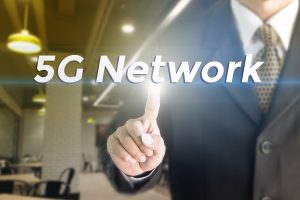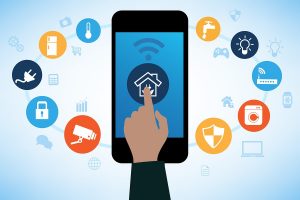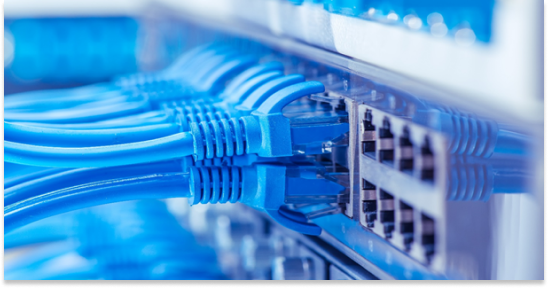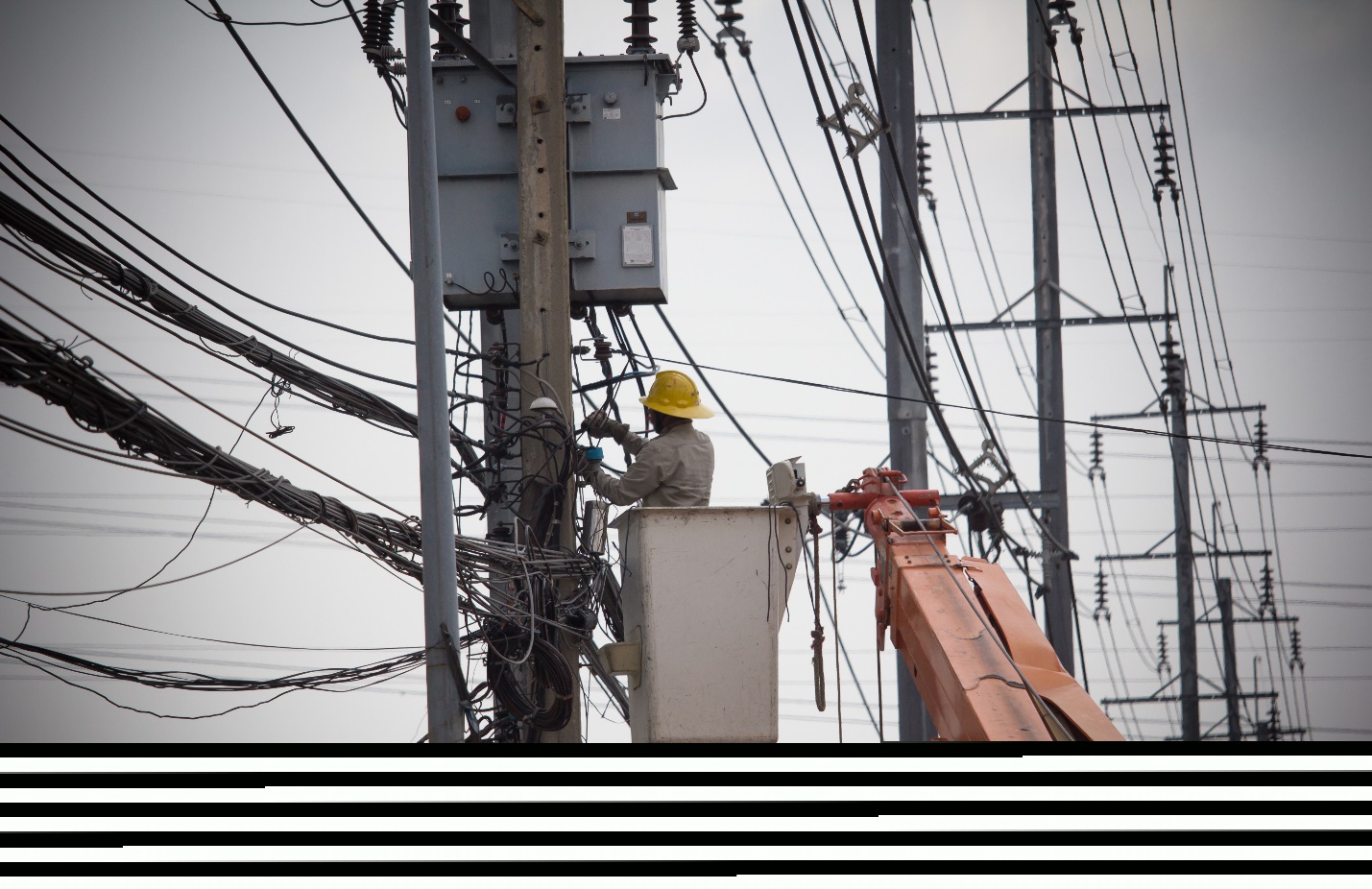Synching Devices on Wireless Networks: How Mobile Broadband Can Support the IoTs.

Synching – synchronizing multiple devices to share information automatically – is a basic feature of the high-volume device network known as the Internet of Things (IoT). Mobile broadband is able to support the IoTs.

The IoT synchs (or connects) devices like watches, cars, suitcases, computers, phones, headphones, heating systems, and home security systems so that the user can automate or control everyday items and systems remotely.
Continuous synching needs constant bandwidth, so reliable, fast, wireless networks are necessary to support the IoT. Although future wireless networks (5G, for example) will support higher volumes of devices on more efficient, faster protocols, todays 3G and 4G LTE networks are also strong enough to support synching. There is, then, no reason to wait for 5G to begin enjoying the benefits of the IoT.

Alongside the booming use of smartphones worldwide, the IoT is the major driver in network innovation. The next generation of mobile broadband will be all about volume. According to a 2015 Nokia white paper, engineers working on 5G are busy finding ways to make the new networks bigger (to handle booming global demand for bandwidth) and more efficient (to offset the energy use and operating costs of this booming demand) [1].
In late 2014, Chinese telecom Huawei and Russian telecom MegaFon announced their plans to introduce the world’s first 5G network at the 2018 FIFA World Cup in Russia. A popular sports event, like the World Cup, is the perfect location to demonstrate the capacity of the next generation of mobile broadband [2].
Not to be outdone, this year South Korean telecom KT announced that actually it will introduce a 5G network at the

2018 Winter Olympics in PyeongChang. Earlier this year, KT completed a successful test of the 5G backhaul platform at Phoenix Park Ski World, PyeongChang [3].
Despite Huawei and KT pushing ahead, the International Telecommunication Union (ITU) – the United Nation agency tasked with coordinating broadband internet and wireless technologies – will determine a worldwide 5G standard no sooner than 2020. Once the ITU sets a standard, telecoms will begin mass-producing networks.
We probably won’t see 5G (which, when it launches, will likely become the gold standard in IoT networks) until at least 2018, but innovators like Beats and Apple have already made strong, controversial statements in favor of wireless, synched devices over traditional wireline technologies. Beats has gradually (and Apple has suddenly) replaced traditional wireline headphones and ear buds with wireless alternatives.
These headphones, alongside other short range, “desktop” accessories, use the Bluetooth wireless technology standard to synch multiple devices over short distances. Bluetooth technology works offline, which is great for short range connections, but impractical for long range connections. Bluetooth has been around (in some form) since 1994, but the new focus on wireless technologies is only growing the standard’s importance.

Long range wireless technologies, like smart home systems that let users control their lighting, heating, security, and surveillance from afar, use Wi-Fi or a mobile broadband network (3G or 4G LTE) to function. These technologies are much newer than Bluetooth and are innovating more quickly. Where the mobile broadband signal is strong, these technologies work reliably on 4G LTE and even, sometimes, 3G.
In 2014, Erricson published an article that summarized what their thoughts were on the 5G network when applied to the internet of things; The 5G network would increase network relevance in terms of high capacity, coverage everywhere, very low latency, extremely high speed, support of billons of devices, cost effectiveness and create more innovations.





